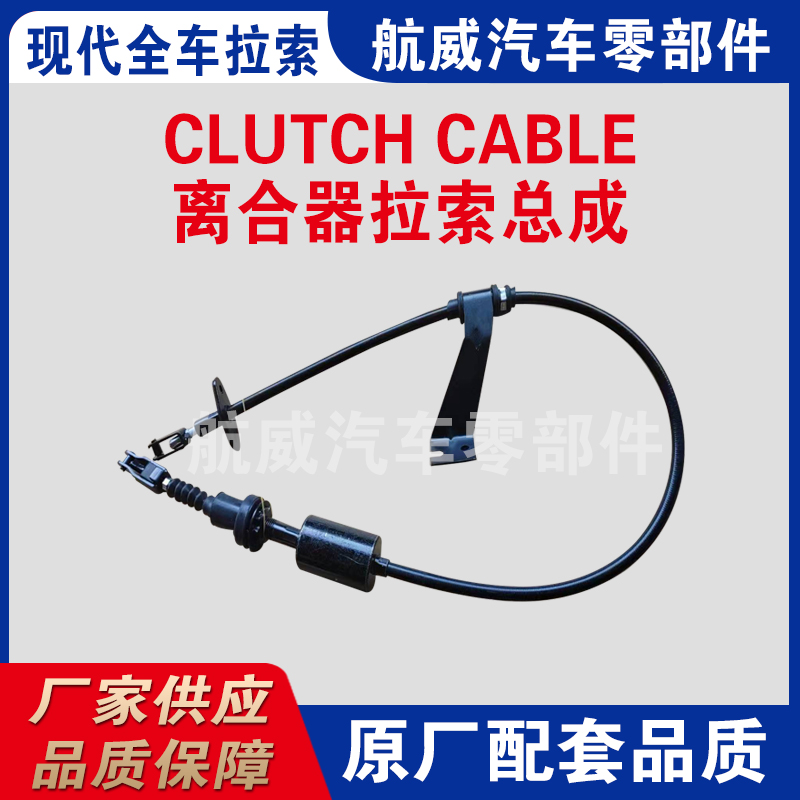Optimizing Clutch Performance for Enhanced Vehicle Control and Driving Experience
Understanding Clutch Pipe A Key Component in Automotive Systems
The automotive industry has evolved dramatically over the years, with advancements that have improved safety, efficiency, and performance. One critical component that plays a significant role in the functioning of vehicles is the clutch pipe. This article aims to provide a comprehensive understanding of what clutch pipes are, their functions, and their importance in vehicle systems.
At its core, a clutch pipe is a crucial part of the hydraulic system in a vehicle that operates a manual transmission. It is responsible for transmitting hydraulic fluid from the clutch master cylinder to the slave cylinder. This transmission is vital for engaging and disengaging the clutch, which allows the driver to shift gears smoothly. In simpler terms, without a functioning clutch pipe, the manual transmission would be virtually impossible to operate, leading to significant drivetain issues and safety hazards on the road.
Functionality of Clutch Pipes
The primary function of the clutch pipe is to carry hydraulic fluid under pressure. When the driver depresses the clutch pedal, it activates the master cylinder, which generates hydraulic pressure. This pressure pushes the hydraulic fluid through the clutch pipe to the slave cylinder, which then acts upon the clutch fork to disengage the clutch plate from the flywheel. This process enables the driver to shift gears smoothly without grinding or damaging the transmission components.
Furthermore, the clutch pipe must be designed to withstand high-pressure conditions and varying temperatures, as it is constantly subjected to mechanical stress. A quality clutch pipe will be made of durable materials such as steel or reinforced rubber, ensuring that it can resist wear and tear over time.
clutch pipe

Common Issues and Maintenance
Like any other component of a vehicle, clutch pipes can experience issues that may affect their performance. Common problems include leaks, cracks, or blockages within the pipe. A leak can lead to a loss of hydraulic pressure, resulting in a malfunctioning clutch system. Drivers may notice difficulties when trying to shift gears, or they might experience a spongy clutch pedal feel. In such cases, it is essential to address the issue promptly to avoid further damage to the transmission system.
Regular maintenance of the clutch pipe is crucial to ensure the overall health of the vehicle's transmission system. This includes inspecting the pipe for any signs of wear or damage, checking for leaks, and ensuring that all connections are secure. Additionally, it is advisable to check the hydraulic fluid levels and replace old fluid as needed to maintain optimal performance.
Conclusion
In summary, the clutch pipe is an essential component of a vehicle’s manual transmission system. Its primary function of transmitting hydraulic fluid under pressure allows drivers to engage and disengage the clutch smoothly, enabling seamless gear shifts. Understanding the role and importance of the clutch pipe helps vehicle owners appreciate the intricacies of their cars’ mechanisms and encourages proactive maintenance practices. By ensuring that the clutch pipe remains in good condition, drivers can enhance their vehicles' performance and prolong the lifespan of their transmission systems, fostering a safer and more reliable driving experience.
-
Workings of Clutch Pipe and Hose SystemsNewsJun.04,2025
-
The Inner Workings of Hand Brake Cable SystemsNewsJun.04,2025
-
The Secrets of Throttle and Accelerator CablesNewsJun.04,2025
-
The Hidden Lifeline of Your Transmission Gear Shift CablesNewsJun.04,2025
-
Demystifying Gear Cables and Shift LinkagesNewsJun.04,2025
-
Decoding Clutch Line Systems A Comprehensive GuideNewsJun.04,2025
